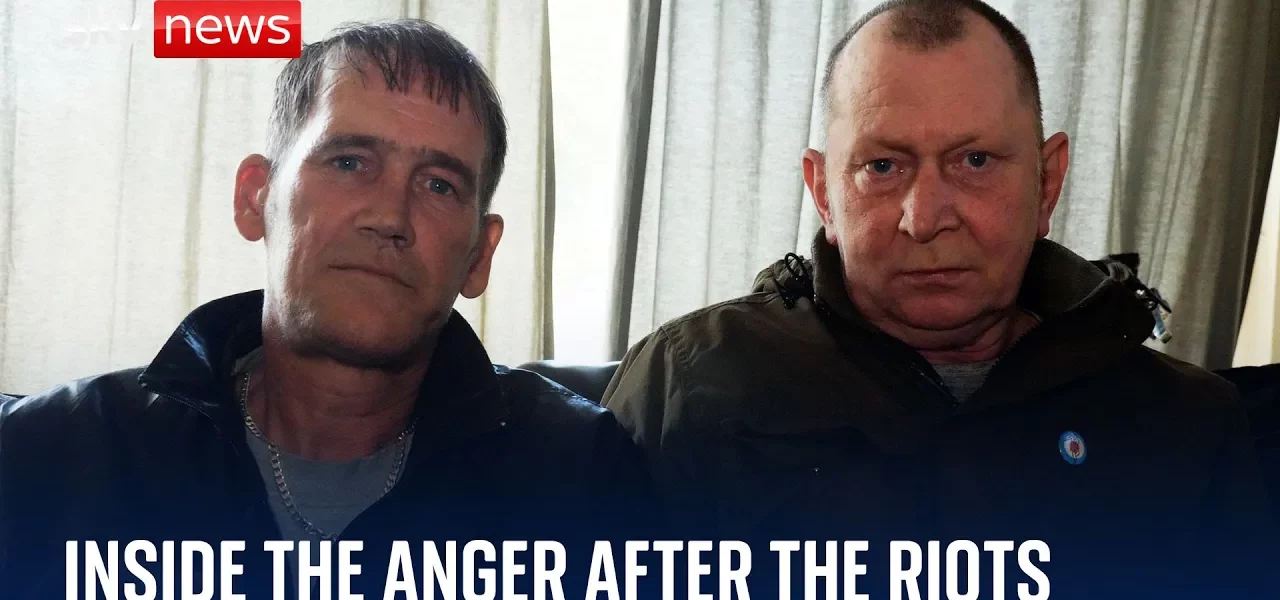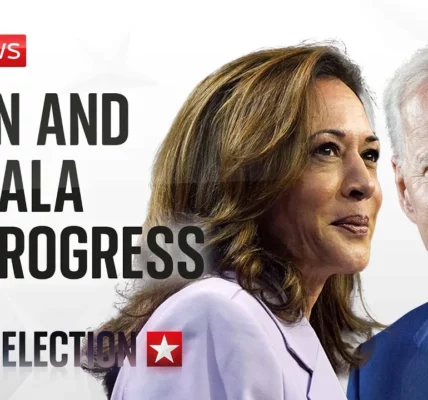Chaos and Racism: The Hull Riots of August 3rd

The riots that erupted in Hull on August 3rd shocked the local community and raised urgent questions about social cohesion, racism, and the treatment of asylum seekers. This article delves deep into the events, the motivations behind the unrest, and the broader implications for society.
Introduction
The events of August 3rd in Hull marked a significant moment of unrest that captured national attention. As rioters targeted individuals who appeared different, a wave of anger and chaos descended upon the city. Eyewitness accounts detail not only the violence but also the underlying frustrations that fueled such behavior. The Prime Minister’s characterization of the riots as “far-right thuggery” opened the door for a wider discussion about the complexities of the situation, highlighting the need to understand the various factors at play.
The Context of the Riots
The Hull riots did not exist in a vacuum. Instead, they were the culmination of ongoing social tensions surrounding immigration and community resources. Asylum seekers housed in local hotels became a focal point for discontent, sparking the ire of many residents. The following subsections explore the critical elements that contributed to the riots.
Economic Disparities
Many residents of Hull expressed frustration over perceived economic disparities, particularly concerning the allocation of resources. With many locals facing homelessness and inadequate support, the sight of asylum seekers receiving assistance created a sense of injustice.
- Limited housing options for locals
- Strained public services, including health care and education
- Increased visibility of homelessness
Racial Tensions
Racism undeniably played a role in the riots, with marginalized communities often scapegoated during times of economic hardship. Eyewitness accounts reveal that people of color were specifically targeted during the unrest.
- Direct attacks on individuals based on appearance
- Use of racially charged language among rioters
- Historical context of racial tensions in the region
Personal Accounts and Perspectives
Interviews with residents and those who witnessed the chaos provide firsthand insights into the climate of fear and frustration that led to the riots. The following sub-sections highlight individual stories that illustrate broader societal issues.
Voices from the Streets
Residents like Tom and Oscar, who chose to document the riots rather than participate, expressed a mix of empathy and frustration. Their experiences reveal the conflicting emotions surrounding the immigration debate.
- Tom’s encounter with the harsh realities of living conditions
- Oscar’s reflections on the need for systemic change
- Concerns about safety and community cohesion
The Struggles of the Vulnerable
Donna, a former business owner, shared her painful journey from stability to homelessness. Her story is emblematic of the struggles faced by many in Hull.
- Loss of employment and subsequent housing instability
- Feelings of neglect by the government
- The urgent need for community support systems
The Aftermath and Future Implications
The aftermath of the riots has left deep scars in the community. Many of those involved are now facing significant legal consequences, yet the root causes of the unrest remain unaddressed. This section examines the implications for the future.
Long-term Consequences
The riots are likely to have lasting effects on community relations and perceptions of race and immigration in Hull.
- Increased polarization within the community
- Potential for future unrest if grievances are not addressed
- Impact on local politics and policy-making
Calls for Change
Community leaders and residents alike are calling for systemic changes to address the underlying issues that led to the riots. This includes:
- Improved support for local residents facing homelessness
- Greater transparency and communication from local government
- Initiatives to foster community cohesion and understanding
Conclusion
The riots in Hull on August 3rd serve as a stark reminder of the social tensions simmering beneath the surface in many communities across the UK. While racism was a significant factor, the underlying issues of economic disparity and feelings of neglect cannot be overlooked. Moving forward, it is crucial for local leaders and the government to address these challenges head-on to prevent further escalation. The voices of the community must be heard, and meaningful change must take place. We encourage readers to engage in discussions surrounding these issues and advocate for a more inclusive society.
“`




